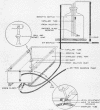Full text
PDF

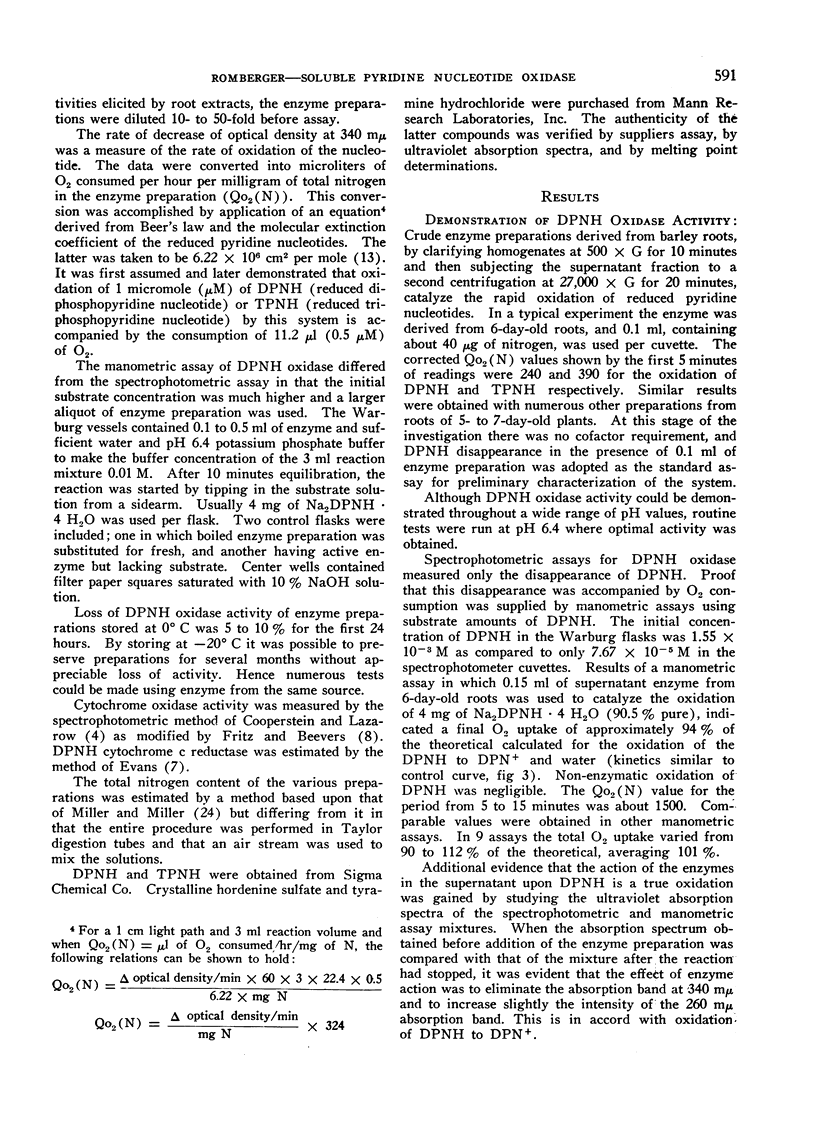
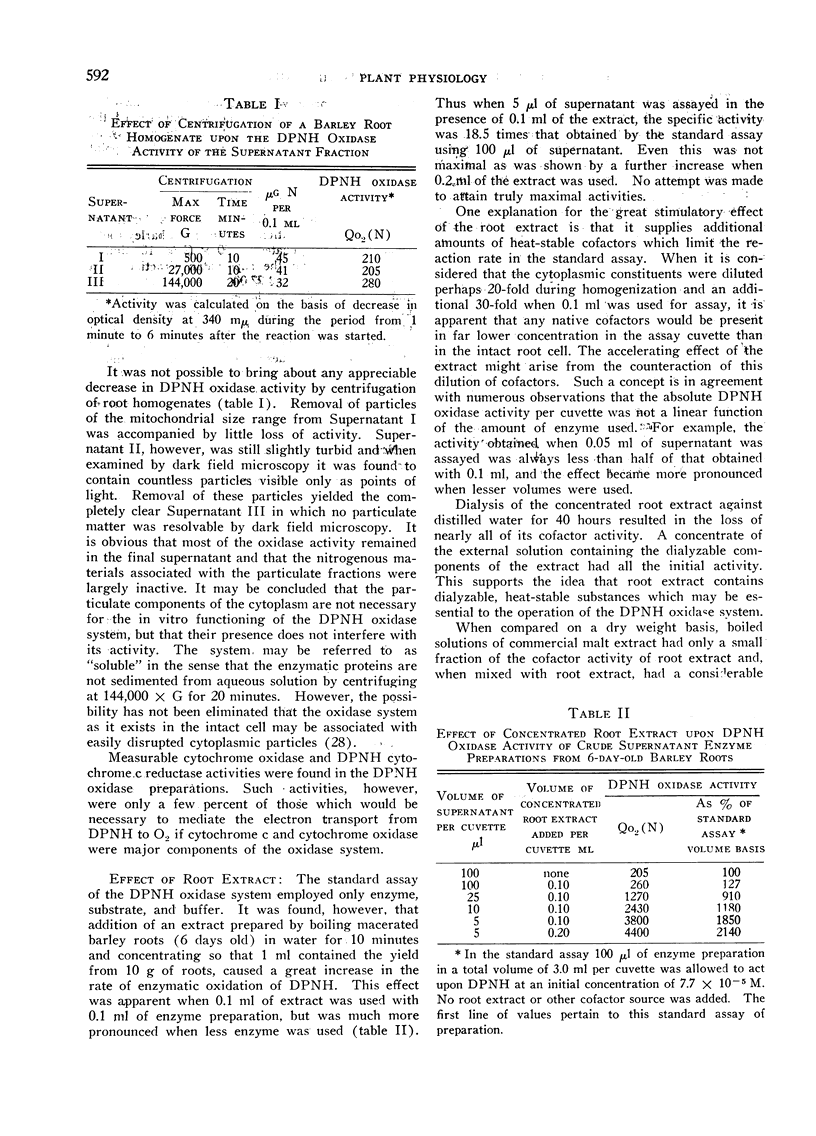
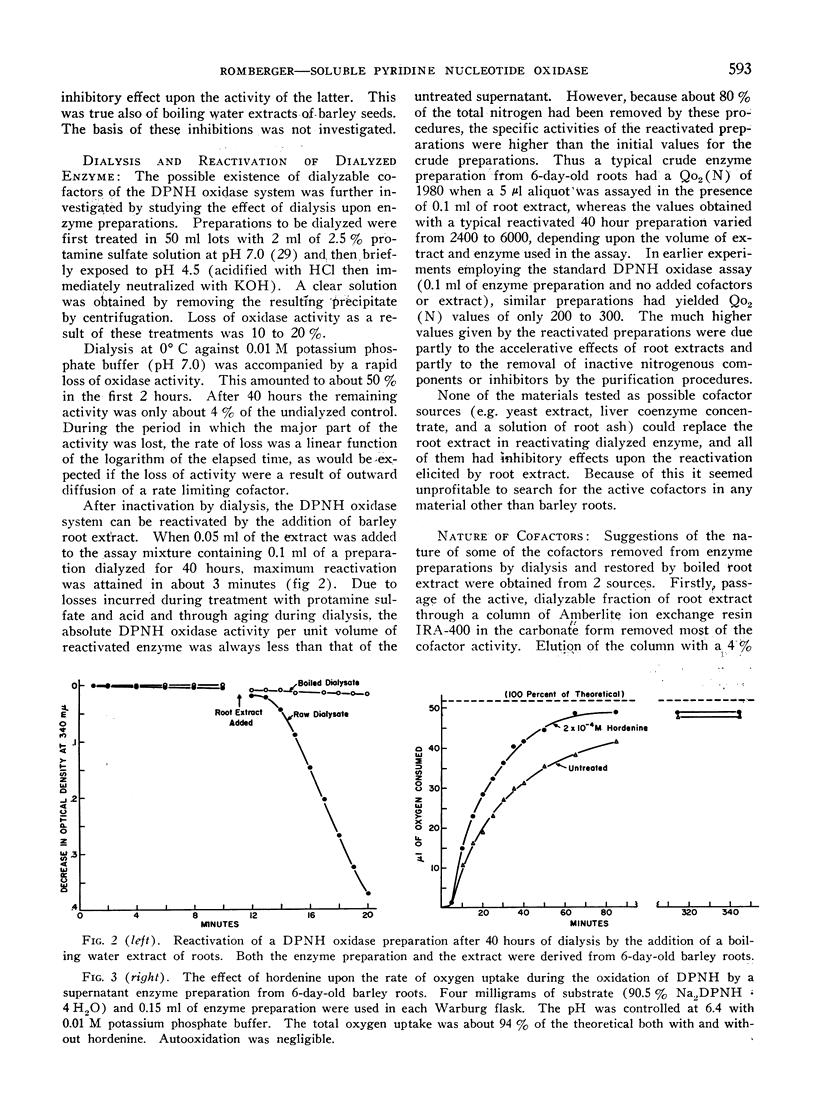
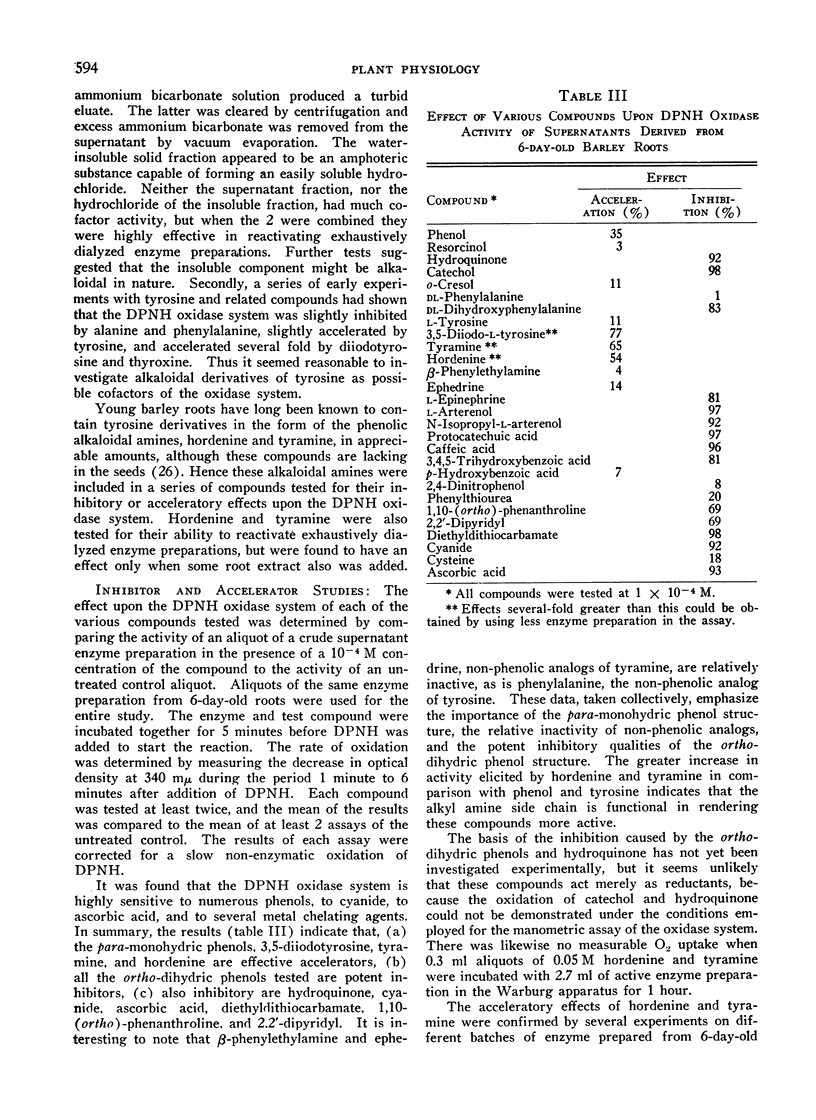
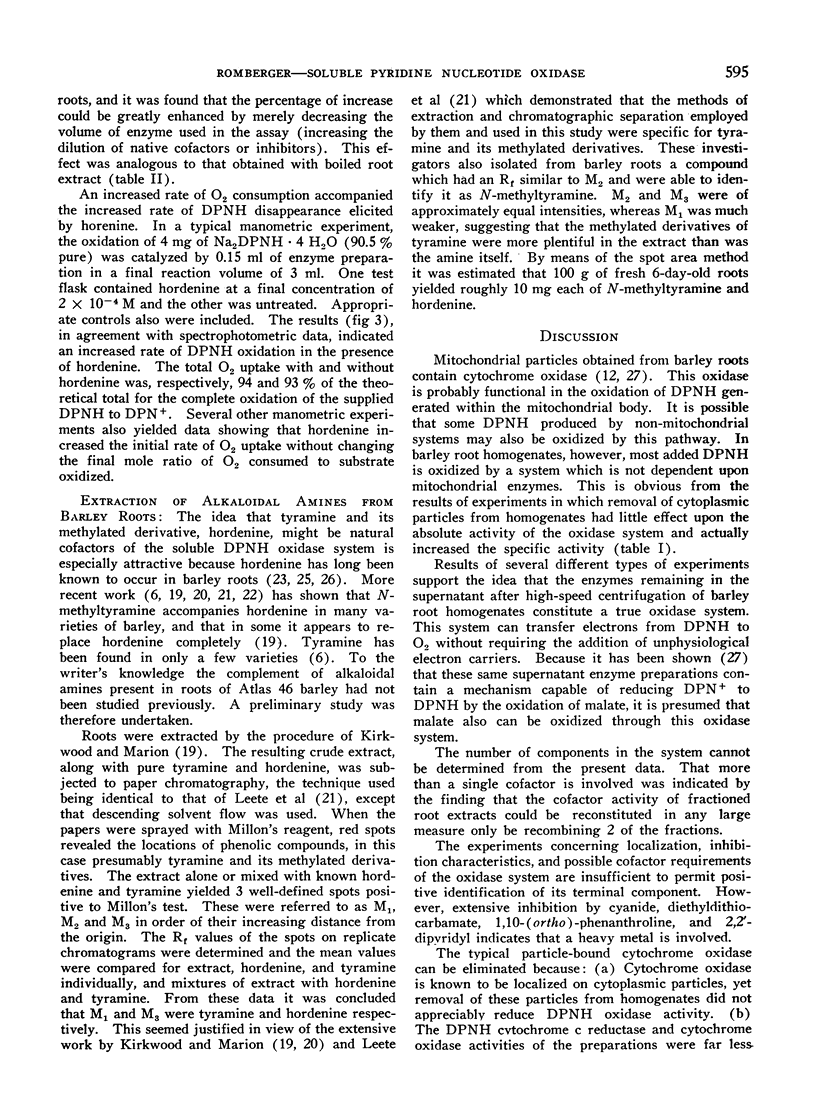
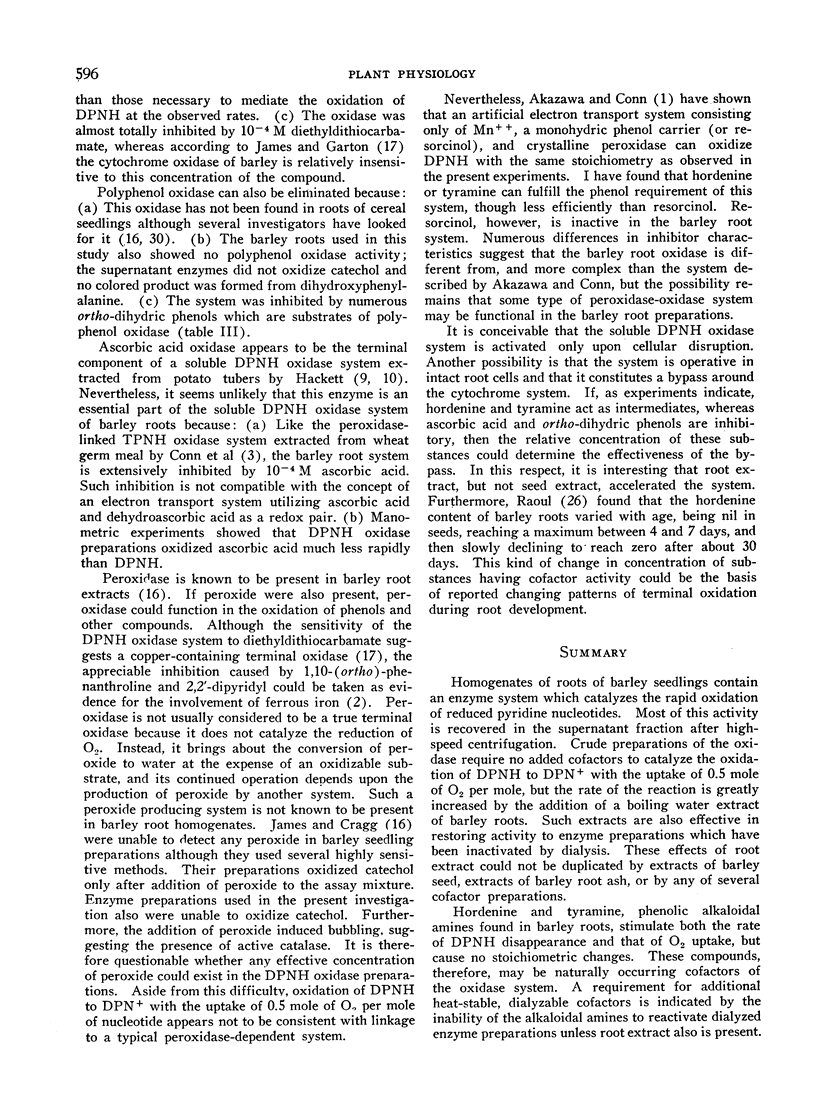
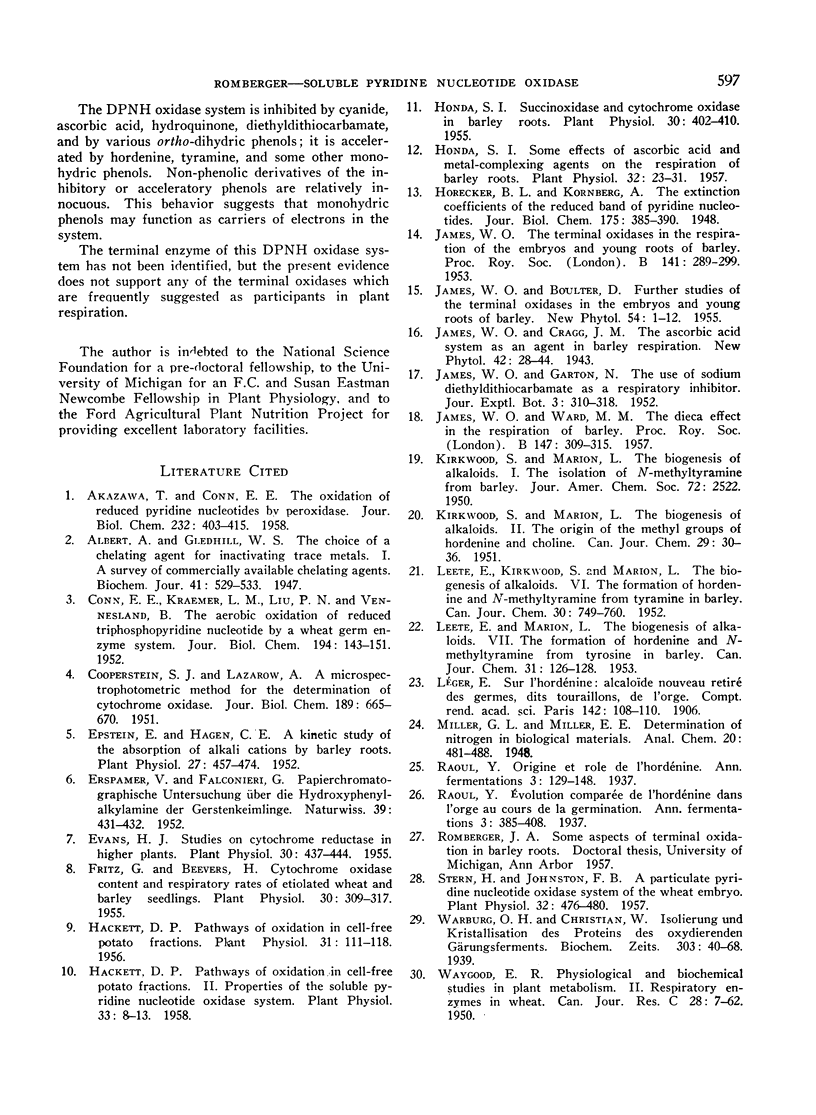
Images in this article
Selected References
These references are in PubMed. This may not be the complete list of references from this article.
- AKAZAWA T., CONN E. E. The oxidation of reduced pyridine nucleotides by peroxidase. J Biol Chem. 1958 May;232(1):403–415. [PubMed] [Google Scholar]
- Albert A., Gledhill W. S. The choice of a chelating agent for inactivating trace metals: I. A survey of commercially available chelating agents. Biochem J. 1947;41(4):529–533. [PMC free article] [PubMed] [Google Scholar]
- CONN E. E., KRAEMER L. M., LIU P. N., VENNESLAND B. The aerobic oxidation of reduced triphosphopyridine nucleotide by a wheat germ enzyme system. J Biol Chem. 1952 Jan;194(1):143–151. [PubMed] [Google Scholar]
- COOPERSTEIN S. J., LAZAROW A. A microspectrophotometric method for the determination of cytochrome oxidase. J Biol Chem. 1951 Apr;189(2):665–670. [PubMed] [Google Scholar]
- Epstein E., Hagen C. E. A KINETIC STUDY OF THE ABSORPTION OF ALKALI CATIONS BY BARLEY ROOTS. Plant Physiol. 1952 Jul;27(3):457–474. doi: 10.1104/pp.27.3.457. [DOI] [PMC free article] [PubMed] [Google Scholar]
- Evans H. J. Studies on Cytochrome Reductase in Higher Plants. Plant Physiol. 1955 Sep;30(5):437–444. doi: 10.1104/pp.30.5.437. [DOI] [PMC free article] [PubMed] [Google Scholar]
- Fritz G., Beevers H. Cytochrome Oxidase Content and Respiratory Rates of Etiolated Wheat and Barley Seedlings. Plant Physiol. 1955 Jul;30(4):309–317. doi: 10.1104/pp.30.4.309. [DOI] [PMC free article] [PubMed] [Google Scholar]
- Hackett D. P. Pathways of Oxidation in Cell-Free Potato Fractions. Plant Physiol. 1956 Mar;31(2):111–118. doi: 10.1104/pp.31.2.111. [DOI] [PMC free article] [PubMed] [Google Scholar]
- Hackett D. P. Pathways of Oxidation in Cell-free Potato Fractions. II. Properties of the Soluble Pyridine Nucleotide Oxidase System. Plant Physiol. 1958 Jan;33(1):8–13. doi: 10.1104/pp.33.1.8. [DOI] [PMC free article] [PubMed] [Google Scholar]
- Honda S. I. Some Effect of Ascorbic Acid and Metal-Complexing Agents on the Respiration of Barley Roots. Plant Physiol. 1957 Jan;32(1):23–31. doi: 10.1104/pp.32.1.23. [DOI] [PMC free article] [PubMed] [Google Scholar]
- Honda S. I. Succinoxidase and Cytochrome Oxidase in Barley Roots. Plant Physiol. 1955 Sep;30(5):402–410. doi: 10.1104/pp.30.5.402. [DOI] [PMC free article] [PubMed] [Google Scholar]
- JAMES W. O. The terminal oxidases in the respiration of the embryos and young roots of barley. Proc R Soc Lond B Biol Sci. 1953 Jul 15;141(904):289–299. doi: 10.1098/rspb.1953.0043. [DOI] [PubMed] [Google Scholar]
- JAMES W. O., WARD M. M. The dieca effect in the respiration of barley. Proc R Soc Lond B Biol Sci. 1957 Dec 3;147(928):309–315. doi: 10.1098/rspb.1957.0052. [DOI] [PubMed] [Google Scholar]
- Stern H., Johnston F. B. A Particulate Pyridine Nucleotide Oxidase System of the Wheat Embryo. Plant Physiol. 1957 Sep;32(5):476–480. doi: 10.1104/pp.32.5.476. [DOI] [PMC free article] [PubMed] [Google Scholar]



